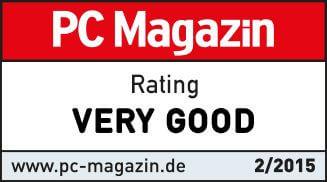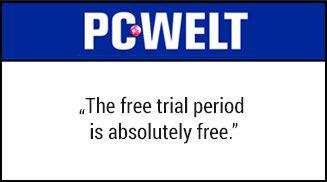Newsgroups
Discover the incredible scope of more than 200,000 newsgroups
The Usenet has a similar structure to a large blackboard on which every user is free to leave messages regarding any conceivable topic. Every day, thousands of messages and GBs of content are posted and pooled in so-called newsgroups. Every newsgroup is dedicated to a different topic. In order to structure this incredible amount of data in a clear way, the Usenet has a hierarchical structure. The majority of newsgroups fall into the overriding categories "comp.*", "soc.*", "sci.*", "humanities.*", "misc.*", "news.*", "rec.*" and "alt.*". The name of individual newsgroups in contrast usually relates to the content within it.
Try USENEXT for free
Get secure access now and discover the huge world of Usenet. A world just for your taste.

Newsgroup hierarchy
alt.
alt.,„alternative“ - discussion of all topics
comp.
comp.,„computer“ - computer-related topics
humanities.
Culture and the arts
misc.
misc.,„miscellaneous“ - various topics which don't fall into other categories
news.
Discussions about the Usenet itself
rec.
rec.,„recreational“ - leisure and relaxation, art and culture
sci.
sci.,„science“ - science and technology
soc.
soc.,„social“ - social topics
talk.
General discussions, religion and politics
The group "alt." is particularly important and is generally the most popular. This is the platform for all possible topics and for exchanging all manner of files, so-called binaries. This is where the diversity of the Usenet really becomes apparent, as "alt" truly offers a completely free exchange of all information and content.
Questions concerning USENEXT?
If you have any questions concerning USENEXT, our support team will be glad to help you. Simply call our support hotline.
Call us:
0049 89 / 20 17 20 16
Online-Support

What others say about USENEXT

